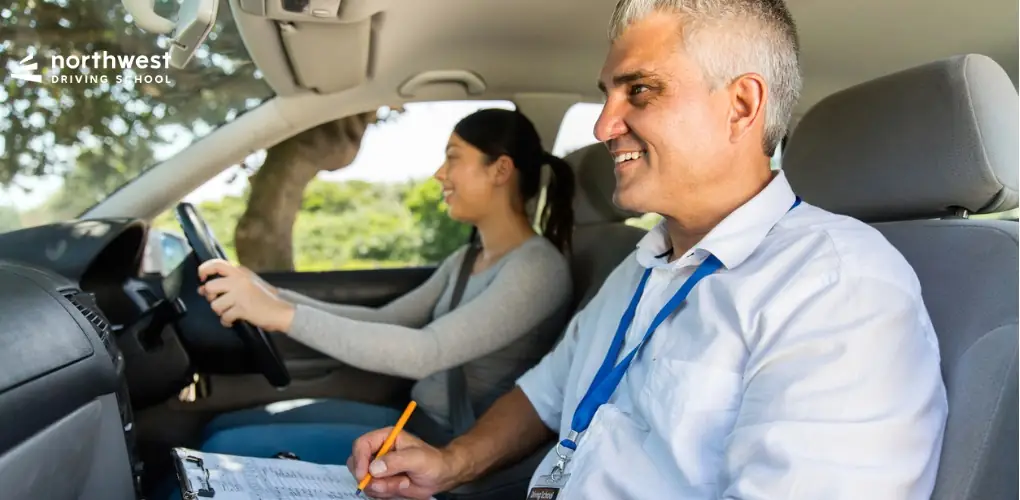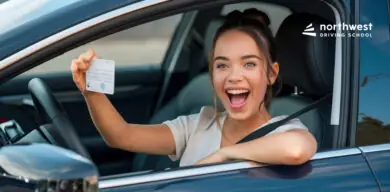- Driving School
Learning To Drive As A Mature Student

There’s a common belief that all learner drivers are in their late teens or early twenties. While the average age of new drivers is 26, in recent years this has been increasing, with more people learning and taking their driving test later in life.
Many things put people off learning when they’re younger, such as further education, city living and the costs involved. In a lot of ways, learning to drive at an older age can be just as easy and hold some extra benefits.
Table of Contents
Driving Test Pass Rates
The highest percentage of driving test pass rates are among 17-year-olds and these generally fall as learners get older. Data from 2015 to 2016 shows that 17-year-olds had a pass rate of 56.7%, significantly greater than the 42.9% rate for 30-year-olds and 36.8% for 40-year-olds.
Reasons And Benefits For Learning To Drive Later
One of the main factors that forces people in their 30s and 40s to learn to drive is necessity. Usually, it’s due to relocating or getting a new job, which is inaccessible via public transport, or having children.
Time: Having a full-time job will take up more time than school or university did but you’re probably much better at time management, especially if you have children. All those years of juggling swimming lessons, football practice and family meals will stand you in good stead for finding the time for lessons each week. If you arrange driving lessons for after work has the added bonus of a ‘free’ ride home.
Cost: Hopefully your finances will be greater and in a better state in your 30s and 40s, so you can budget for all the essential costs. Affording to learn to drive should be a lot easier.
Determination: Many teenagers will of course be highly determined and everyone wants to pass their test the first time. However, for those learning to drive in their 30s and 40s, when passing is necessary to get to their new job it can add that extra drive.
Considerations To Make
For those learning to drive in their 30s and 40s, the same considerations must be taken into account as for any new driver. However, the choices made may differ slightly to suit older learners.
Insurance
Car insurance can be the highest cost, especially after paying for lessons. The good news for those in their 30s and 40s is that despite being a new driver, premiums are almost always lower for older drivers (especially compared to those under 21).
There are some insurers who simply don’t like new drivers though, so it’s worth scouting around for the best deals. Telematics insurance, where a black box is fitted to your car that tracks your movement, how long you drive for, acceleration and braking, can further lower the cost.
First Car
Most first car recommendations are aimed at young drivers on a tight budget. While affordability is still important, you may have extra cash to spend and other priorities aside from just cost. If you have a family or executive job, think about what would suit your needs best, while still keeping the costs of your first car low by opting for a quality used car.
Learning to drive in your 30s and 40s shouldn’t be a daunting task and there’s no reason why you can’t pass your driving test the first time either.
Take Adult Driving Lessons From Northwest Driving School
In Las Vegas, Northwest Driving School is a reputed driving academy with a 98% student success rate. NWDS provides Drivers Ed, Behind The Wheel training, and Drive Tests to adults and teens. Learning to drive in your 30s and 40s can be a smooth and successful experience with our experienced instructors.
We understand the unique needs of mature students and tailor our lessons accordingly. Don’t let age hold you back from gaining the freedom and independence that comes with a driver’s license. Register now and join Northwest Driving School today to start your journey toward becoming a confident and skilled driver.




